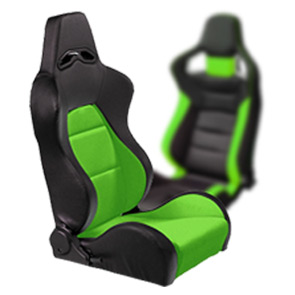push pull throttle assembly
Understanding the Push-Pull Throttle Assembly
The push-pull throttle assembly plays a crucial role in numerous mechanical systems, especially in aviation and automotive applications. This assembly controls the power output of an engine or motor by regulating the airflow in internal combustion engines or the output from electric motors. Through its straightforward yet effective design, it serves as a reliable interface between the user and the machinery, allowing for smooth acceleration and deceleration.
Basic Components and Functionality
A typical push-pull throttle assembly comprises several key components the throttle lever, cable, and throttle plate or mechanism. The throttle lever is the user-operated part, often found on the control panel of an aircraft or the dashboard of a vehicle. When the operator pushes the throttle lever forward, it opens the throttle plate, allowing more air (and fuel) into the engine to increase power output. Conversely, pulling the lever back closes the throttle, reducing the engine's power.
The connection between the throttle lever and the throttle plate is facilitated by a flexible cable mechanism. This cable transmits the motion of the lever to the throttle plate, which adjusts the airflow accordingly. In some designs, particularly in modern vehicles, electronic sensors and actuators replace traditional cables, allowing for more precise control over the throttle position and improving responsiveness.
Advantages of Push-Pull Mechanism
One of the primary advantages of the push-pull throttle mechanism is its simplicity and ease of use. The straightforward operation allows for intuitive control, which is essential for pilots and drivers who must focus on multiple tasks simultaneously. Additionally, the linear nature of the push-pull action enables a proportional response from the engine, making it easier to modulate power outputs in a controlled manner. This capability is particularly beneficial in aircraft during takeoff and landing, where precise control over thrust is crucial.
Another advantage is its mechanical reliability. The push-pull assembly has few moving parts, which minimizes wear and tear, reducing the likelihood of mechanical failure. Regular maintenance and-checks help ensure the longevity and functionality of the system, making it a favored choice in critical applications.
Applications in Various Industries
push pull throttle assembly

The push-pull throttle assembly has found applications across various industries. In aviation, it is widely used in both general aviation aircraft and commercial jets. Pilots rely on the assembly to manage engine performance during different phases of flight, ensuring efficient fuel consumption and maintaining control over the aircraft's speed.
In the automotive sector, particularly in race cars, the push-pull throttle assembly is often designed for high performance. Engineers focus on minimizing response time and maximizing control over the throttle position to enhance acceleration and efficiency. Furthermore, with the advent of electric vehicles (EVs), similar principles apply, but with electronic components that allow for even more fine-tuned control.
Beyond these sectors, the push-pull throttle concept is prevalent in various machinery, including boats, motorcycles, and industrial equipment. Each application demands a balance between responsiveness and durability, making the push-pull design a versatile choice.
The Future of Push-Pull Throttle Assemblies
As technology continues to evolve, so too does the push-pull throttle assembly. The introduction of drive-by-wire systems in modern vehicles replaces mechanical controls with electronic sensors, which can enhance responsiveness and provide more data-driven feedback to the driver. This shift opens up avenues for integrating advanced technologies, such as adaptive cruise control and automated driving systems.
Moreover, as industries move towards sustainability, the push-pull throttle assembly must adapt to hybrid and fully electric systems. Engineers are exploring new materials and designs to ensure efficiency and reliability while minimizing weight and maximizing performance.
Conclusion
In summary, the push-pull throttle assembly is an essential component in various mechanical systems that allows for seamless control of power outputs. Its simple yet effective design has stood the test of time, proving reliable across different applications from aviation to automotive. As technology progresses, the push-pull mechanism will continue to evolve, integrating modern advancements to meet the demands of the future while preserving its core functionality. The adaptability and efficiency of the push-pull throttle assembly will ensure its relevance for years to come.
-
Workings of Clutch Pipe and Hose SystemsNewsJun.04,2025
-
The Inner Workings of Hand Brake Cable SystemsNewsJun.04,2025
-
The Secrets of Throttle and Accelerator CablesNewsJun.04,2025
-
The Hidden Lifeline of Your Transmission Gear Shift CablesNewsJun.04,2025
-
Demystifying Gear Cables and Shift LinkagesNewsJun.04,2025
-
Decoding Clutch Line Systems A Comprehensive GuideNewsJun.04,2025
